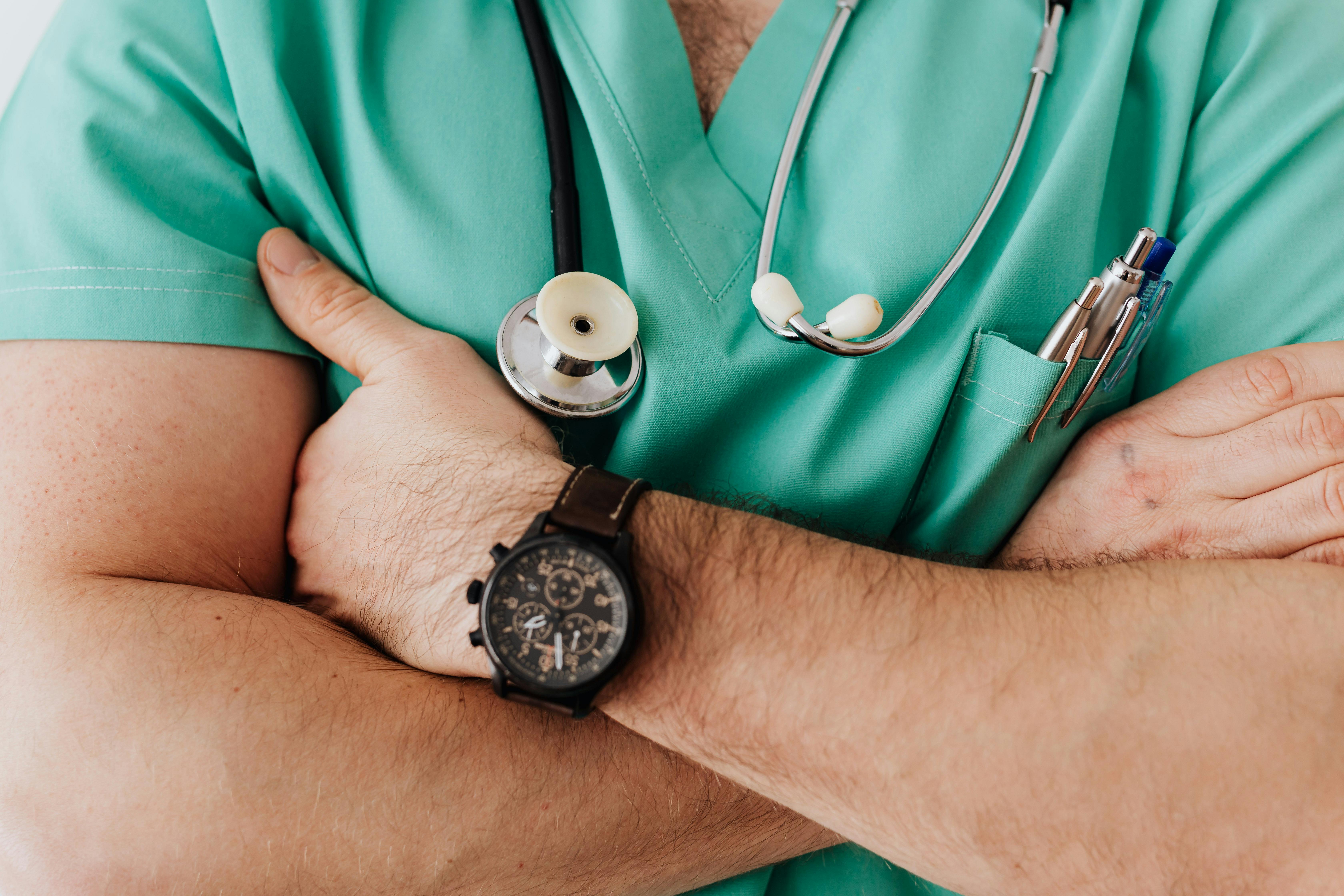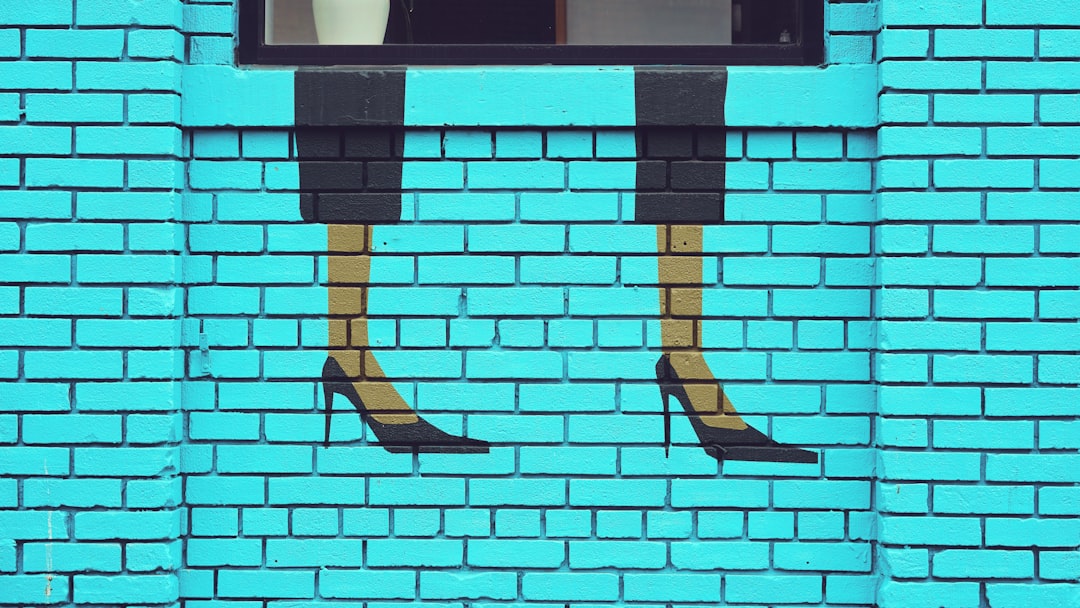Bow legs, medically known as genu varum, is a condition where the knees bow outwards when a person stands with their feet together. While often seen as a cosmetic concern, ignoring this condition can lead to a cascade of serious health issues over time. Many people are unaware of the profound impact uncorrected bow legs can have on their long-term joint health and overall well-being. In fact, studies suggest that individuals with significant varus alignment are at a substantially higher risk of developing debilitating conditions.
This comprehensive guide will delve into five critical consequences of leaving bow legs unaddressed. By understanding these potential risks, you’ll be better equipped to make informed decisions about seeking professional assessment and intervention, safeguarding your mobility and quality of life for years to come.
1. Accelerated Knee Osteoarthritis
Perhaps the most significant long-term complication of uncorrected bow legs is the accelerated development and progression of knee osteoarthritis. In a healthy knee, weight is distributed evenly across the joint. However, with genu varum, the weight-bearing axis shifts, placing excessive pressure on the inner (medial) compartment of the knee joint. This uneven load leads to premature wear and tear of the articular cartilage.

This constant, abnormal stress on the medial compartment can cause the cartilage to break down much faster than usual, leading to pain, stiffness, swelling, and reduced mobility. Over time, this can severely impact a person’s ability to walk, stand, and perform daily activities without discomfort.
The Mechanics of Joint Wear
The knee joint is designed to absorb shock and distribute forces efficiently. When the legs are bowed, the alignment creates a “lever arm” effect, amplifying the forces on the inner side of the knee. This persistent mechanical overload damages the cartilage, which lacks its own blood supply and therefore has limited capacity for self-repair.
Long-Term Degeneration
Without intervention, this degenerative process can lead to severe osteoarthritis, potentially necessitating surgical procedures like osteotomy (realigning the bone) or even total knee replacement at a younger age than typically expected. Early detection and management are crucial to mitigate this risk.
2. Chronic Pain and Discomfort
Beyond the specific diagnosis of osteoarthritis, uncorrected bow legs often lead to generalized chronic pain. This pain isn’t limited to the knees; it can radiate to other parts of the body due to the compensatory mechanisms the body adopts to cope with the altered alignment. Muscles, ligaments, and tendons are constantly under strain, leading to persistent aches and discomfort.

Beyond the Knees
The altered biomechanics can affect the hips, ankles, and even the lower back. For instance, the pelvis might tilt to compensate for the knee alignment, leading to uneven stress on the spinal column. This can manifest as lower back pain, hip pain, or even foot and ankle problems, creating a domino effect throughout the musculoskeletal system.
Impact on Daily Activities
Chronic pain can significantly reduce a person’s quality of life. Simple activities like walking, climbing stairs, or even standing for extended periods become challenging and painful. This can lead to a sedentary lifestyle, further exacerbating health issues and contributing to weight gain, which in turn places more stress on already compromised joints.
“The body is an interconnected system. A misalignment in one area, like genu varum, can create compensatory stresses throughout the kinetic chain, leading to pain in seemingly unrelated areas such as the hips or lower back.”
3. Altered Gait and Balance Issues
Bow legs fundamentally change the way a person walks, affecting their gait pattern. The outward bowing of the knees forces the feet to compensate, often leading to an inward rotation of the feet or an uneven distribution of pressure across the soles. This altered gait can be subtle at first but becomes more pronounced over time, impacting balance and increasing the risk of falls.

Compensatory Walking Patterns
Individuals with genu varum may develop a “waddling” gait or walk with their feet turned inwards or outwards to maintain stability. These compensatory movements put abnormal stress on the ankles, feet, and hips, potentially leading to conditions like plantar fasciitis, bunions, or hip impingement. The body constantly tries to find a stable center of gravity, but this comes at the cost of increased strain on various joints and muscles.
Increased Fall Risk
The instability caused by an altered gait and uneven weight distribution can significantly increase the risk of falls, particularly in older adults. Falls can lead to serious injuries such as fractures, head trauma, and can severely impact independence and mobility. Addressing bow legs can therefore be a critical step in fall prevention.
| Aspect | Impact of Bow Legs |
|---|---|
| Weight Distribution | Uneven, more pressure on inner knee/foot. |
| Foot Placement | May turn inward/outward to compensate. |
| Stability | Reduced, leading to increased sway and imbalance. |
| Energy Expenditure | Higher, leading to quicker fatigue during walking. |
4. Muscle Imbalances and Strain
The altered alignment of bow legs inevitably leads to muscle imbalances around the knees, hips, and ankles. Certain muscles become overused and tight, while their opposing muscle groups become weak and underutilized. This imbalance further exacerbates the misalignment and can lead to a cycle of pain and dysfunction.
Uneven Muscle Development
For instance, with genu varum, the muscles on the outer side of the thigh (like the IT band) may become tight, while the inner thigh muscles (adductors) might weaken. This creates an uneven pull on the knee joint, contributing to the bowing. Similarly, muscles in the calves and shins can develop imbalances as they try to stabilize the altered gait.
Risk of Soft Tissue Injuries
These muscle imbalances and chronic strain increase the susceptibility to various soft tissue injuries. Tendinitis (inflammation of tendons), bursitis (inflammation of fluid-filled sacs around joints), and ligament sprains are more common in individuals with uncorrected bow legs. Athletes, in particular, may find their performance hindered and their risk of injury elevated due to these underlying biomechanical issues.
5. Psychological and Social Impact
While the physical consequences are severe, the psychological and social impact of uncorrected bow legs should not be underestimated. The visible bowing of the legs can lead to significant self-consciousness, affecting body image and confidence, especially during adolescence and young adulthood.
Self-Consciousness and Body Image
Individuals may feel embarrassed about their appearance, leading them to avoid certain clothing, social situations, or activities that expose their legs. This can result in reduced self-esteem and even social isolation. The constant awareness of their physical difference can be a significant mental burden.
Reduced Physical Activity
Beyond the pain, the psychological impact can also contribute to a reduction in physical activity. Fear of judgment, discomfort, or simply the perceived inability to participate can lead individuals to withdraw from sports, exercise, and other recreational activities. This sedentary lifestyle, in turn, can lead to further health complications like obesity, cardiovascular issues, and mental health challenges such as anxiety and depression.
Taking Action: Don’t Let Bow Legs Define Your Future
The consequences of uncorrected bow legs extend far beyond cosmetic concerns, impacting physical health, mobility, and psychological well-being. From the accelerated onset of debilitating osteoarthritis and chronic pain to altered gait, muscle imbalances, and significant self-consciousness, the risks are substantial and progressive.
However, it’s crucial to remember that these outcomes are not inevitable. Early diagnosis and appropriate intervention can significantly mitigate these risks and improve long-term outcomes. Treatment options range from physical therapy and orthotics to, in some cases, surgical correction, depending on the severity and underlying cause of the condition.
Have you or a loved one experienced challenges due to bow legs? Share your insights and questions in the comments below – your experience could help others on their journey to better health.
